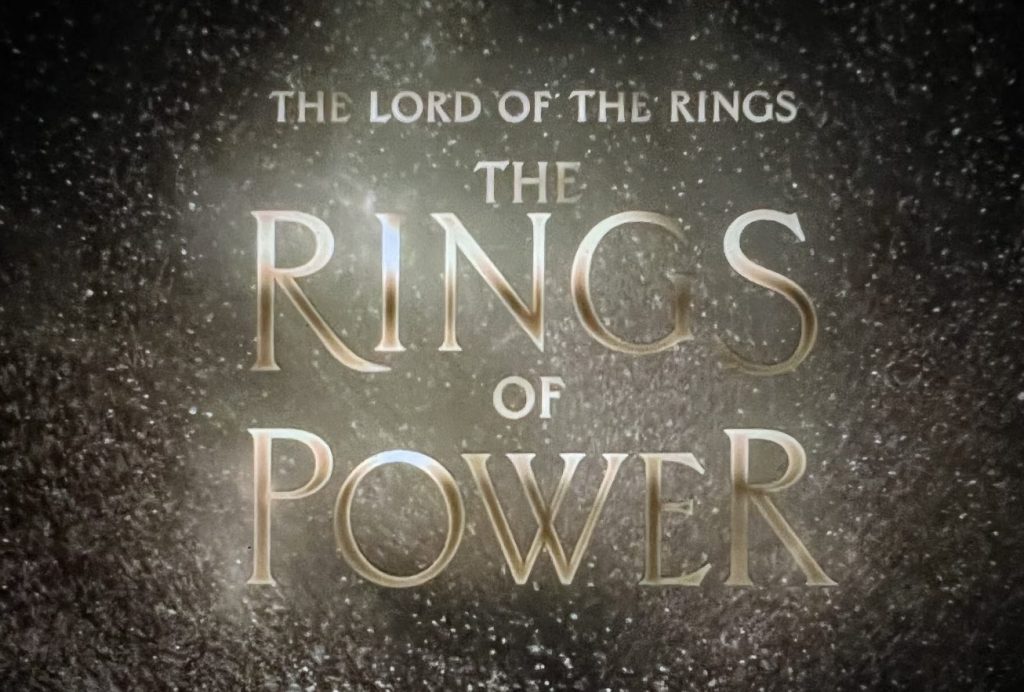By: Brian Lines
We humans love throwing things. As a child, what is more fun than picking up a rock or toy and letting it fly through the air with all our strength? It’s empowering, fun and exhilarating. In fact, we enjoyed throwing so much as children that many of the popular sports we play as adults involve throwing things.
While sports like football, basketball and baseball include rules to make it more than just throwing a ball, there are some sports that stay more true to the foundation of simply throwing an object in the air.
At some point in history, we transitioned from hurling heavy stone discs as far as possible, to tossing light plastic discs between friends, to throwing aerodynamic plastic discs into metal baskets. Any sport involving a disc is indeed strange, so the weird sport I want to share about is disc golf.
While golf is a sport dating back to the 15th century, disc golf has only come about in the early 20th century. Someone looked at the old sport of golf and decided that it would be fun to replicate it with round pieces of plastic flying through the air. Just like a golfer uses different types of clubs with different shapes and weights, a disc golfer uses different types of discs.
Generally speaking, there are three different kinds of discs: drivers, mid-range and putters. Every disc has a different weight, shape and speed.
Here’s the weird thing: if you were to tell an ultimate frisbee player to throw a driver, it is highly unlikely that the disc will fly straight. The discs, especially drivers, are made to be thrown at such high speeds that if they aren’t thrown hard enough, they will fly off to the left or right. Disc golf is a strange sport because while it remains a very simple sport of throwing an object in a certain direction, it can be more complex and difficult to acquire the skill to perform well in it.
That being said, I would claim that disc golf is one of the most accessible sports to learn for new players. Most people have thrown a frisbee before. Even if someone isn’t very good at throwing a frisbee, they know the general motion of doing so. In disc golf, there isn’t the social pressure of throwing the disc to another person and missing them, causing them to have to run and get it. You simply keep throwing the disc towards the basket until you reach it and get it in the metal chains. And if it takes a lot of throws for you to get down to the basket, great, you’re getting more exercise walking around outside in a park and you have a new activity you can get better at.
Essentially, playing disc golf at a casual level is just taking a hike outside with the added fun of sending a piece of plastic flying through the air. Disc golf is a very weird sport, but it can be quite fun and is best enjoyed with other people seeking to spend time outside throwing things.



